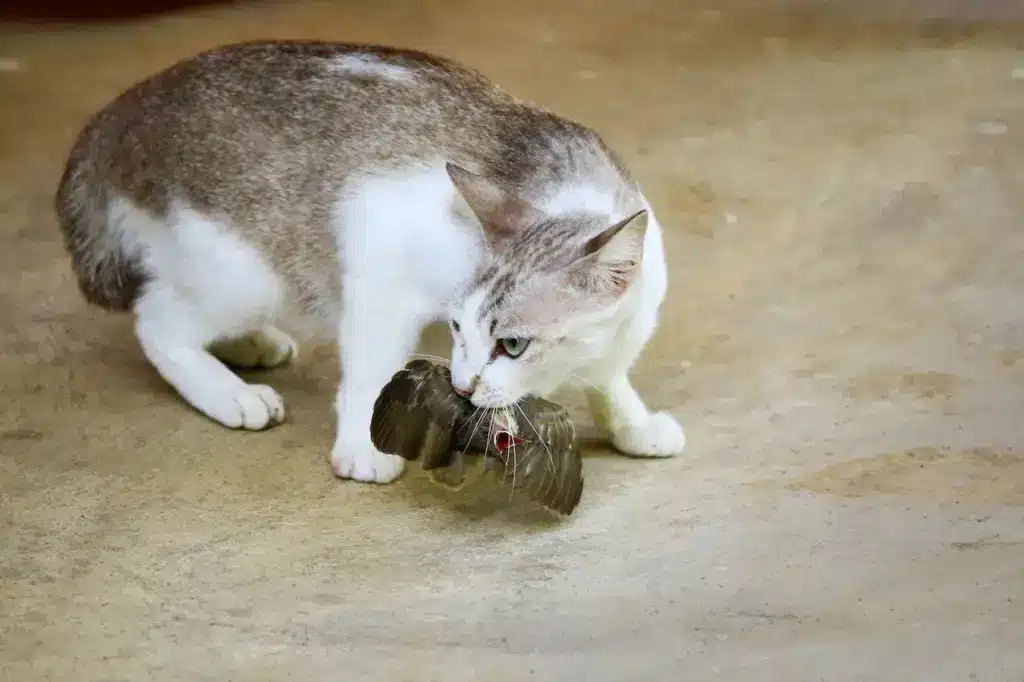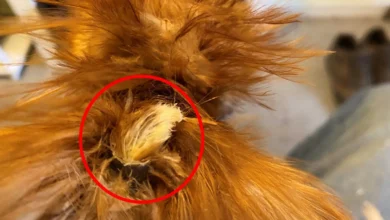The issue of cats—in particular, cats that roam outdoors—is one of the things that separates true environmentalists from many cat lovers and animal rights advocates. There’s just no getting around the fact that in the US alone, house cats kill half a billion wild birds annually.

Don’t Wild Birds Have A Right To Life?
First off, that bell your Aunt Judy puts around her pet’s neck, while it may ease her conscience about letting her cat wander outdoors, probably has not saved the life of a single bird. That’s because unlike some noises—the cracking of a branch, for instance, or the alarmed screech of another bird—the tinkle of a bell just does not say danger to a bird.
And, unless you’re in North Africa, where domestic felines evolved, cats are not “just another animal doing what animals are supposed to do, out there in the ecosystem.” They’re not a natural part of the ecosystem because they didn’t evolve in the ecosystem, and the creatures that are part of the ecosystem—birds in particular—don’t have sufficient natural defenses to protect themselves and their young against them. As a result, according to American Bird Conservancy estimates, in the US alone 150 million outdoor cats slaughter an estimated half a billion to one billion birds a year. It goes almost without saying that many bird species face daunting environmental challenges even without the serious threat of an invasive and very efficient alien predator.

What are the solutions? One of them is to keep pet cats indoors. Another is to spay or neuter them so that they do not continue to reproduce beyond control.
Unfortunately, not all cats have owners who can keep them under control. In fact, many of the most environmentally destructive cats are feral. My good friend, Ted Williams, in his most recent Incite column for Audubon Magazine, has a lot of excellent information on the problem of domestic cats preying on birds. I highly recommend it for anyone who loves birds—or cats.
